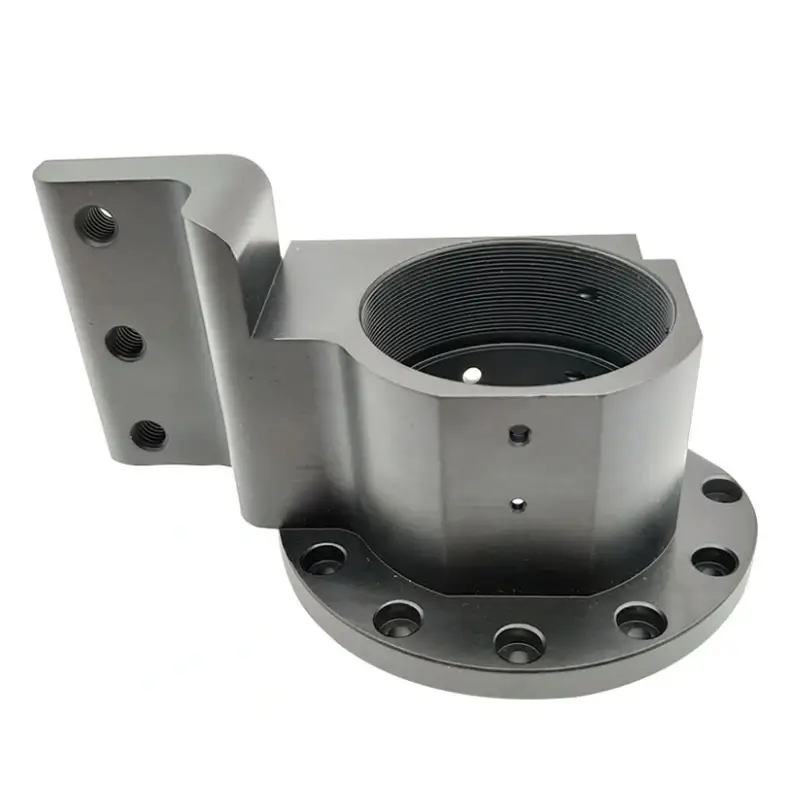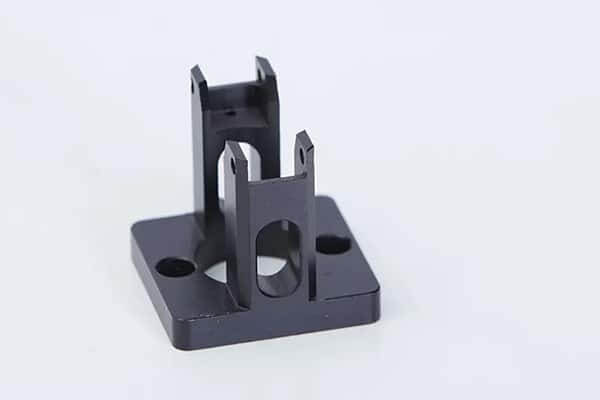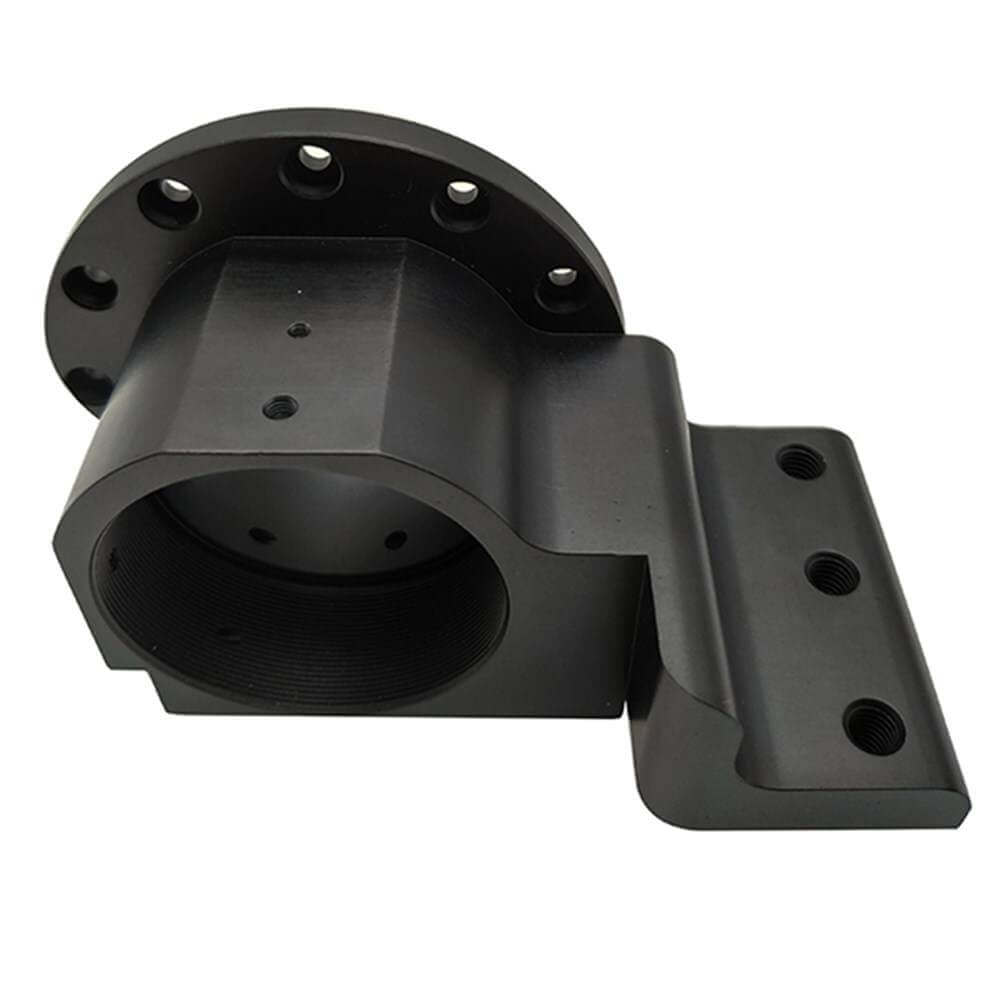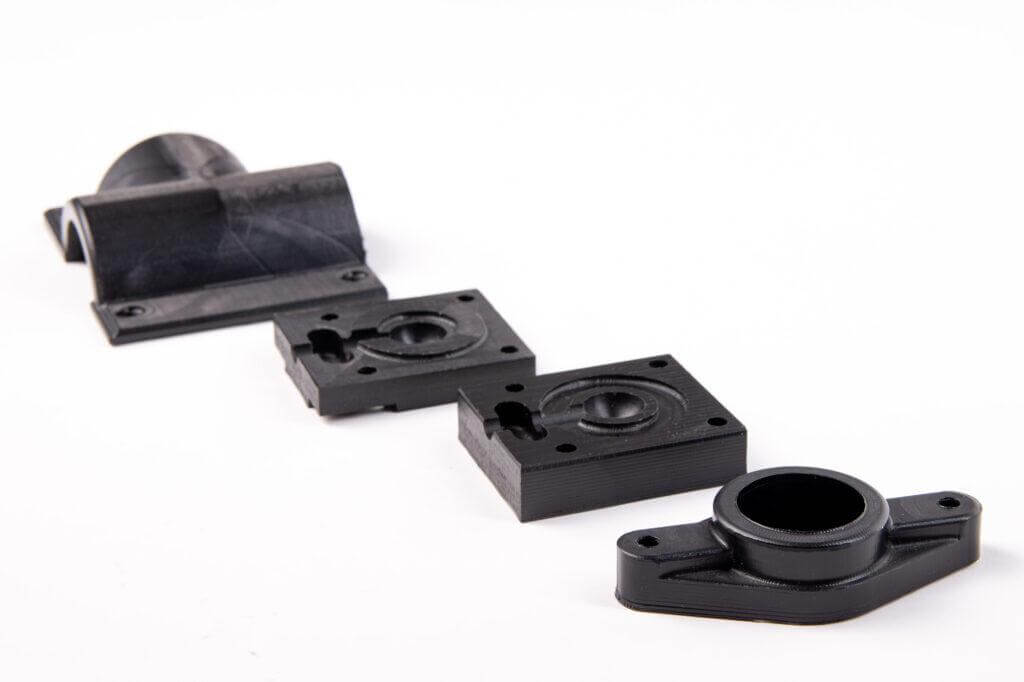Introduction to POM CNC machining
CNC machining has revolutionized the manufacturing industry, making the production of a wide variety of parts precise and efficient. One material commonly used in CNC machining is POM plastic, also known as polyoxymethylene or acetal. POM plastic is a versatile material with excellent mechanical properties that makes it suitable for a wide range of applications. It can also be found in hisense washing machine parts, imperial pasta machine parts, and indesit washing machine parts.
In this article, we will explore the process of machining POM plastic using CNC technology.
Before diving into the specifics of machining POM plastic, it is essential to have a basic understanding of the material itself. POM plastic is a thermoplastic polymer that exhibits high stiffness, low friction, and excellent dimensional stability. These properties make it an ideal choice for applications that require precision and durability, such as gears, bearings, and electrical connectors. Additionally, POM plastic has excellent resistance to chemicals, making it suitable for use in harsh environments.

To ensure successful processing of POM plastics, proper preparation is crucial. The first step in preparation is choosing the right CNC machine and cutting tools. Because POM plastic is a relatively soft material, carbide or high-speed steel tools are commonly used, and it is important to choose tools with sharp cutting edges to achieve clean, precise cuts. Additionally, CNC machine tools should be properly calibrated to ensure accurate dimensions and smooth operation.
When it comes to machining POM plastic, there are several techniques that can be employed. The most common technique is milling, which involves removing material from the workpiece using rotating cutting tools. Milling can be performed in various ways, including face milling, peripheral milling, and pocket milling. Each technology has its advantages and can be selected according to the specific requirements of different processing parts such as hisense washing machine parts, imperial pasta machine parts, and indesit washing machine parts.

Another technique commonly used for machining POM plastic is turning. Turning involves rotating the workpiece while the cutting tool removes material from the surface of the workpiece such as hisense washing machine parts, imperial pasta machine parts, and indesit washing machine parts. This technique is often used to create cylindrical components such as shafts and pins. Like milling, turning can be performed in different ways, such as facing, taper turning, and contour turning.
In addition to milling and turning, drilling is another technique used in POM CNC machining. Drilling involves creating holes in the workpiece using a rotating cutting tool. This technique is often used to create holes for fasteners or to create openings for electrical connectors. It is important to use sharp drill bits and proper cutting speeds to prevent overheating and ensure clean holes.

POM CNC machining offers a reliable and efficient method for producing high-quality components from POM plastic. By understanding the properties of POM plastic and employing the appropriate machining techniques, manufacturers can achieve precise and durable results. Proper preparation, including selecting the right CNC machine and cutting tools, is essential for successful machining. Whether it is milling, turning, or drilling, each technique has its advantages and should be chosen based on the specific requirements of the component being machined. With the right approach, POM CNC machining can unlock the full potential of this versatile material.
